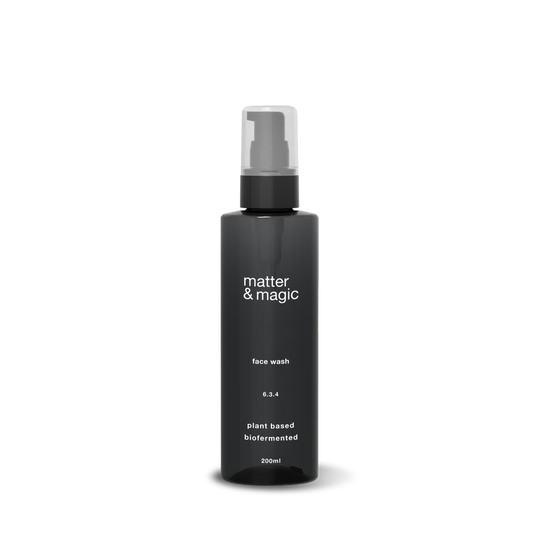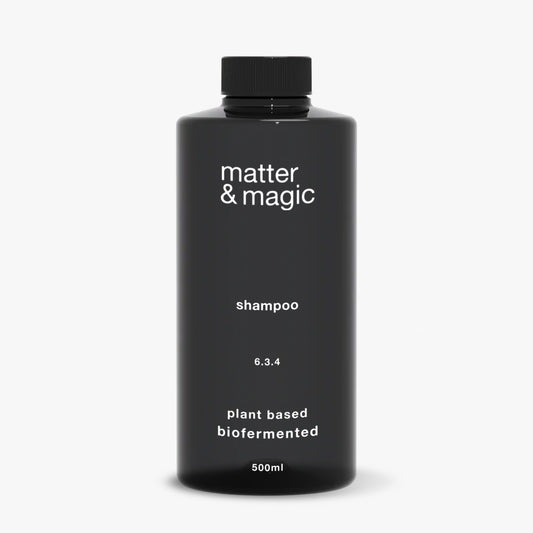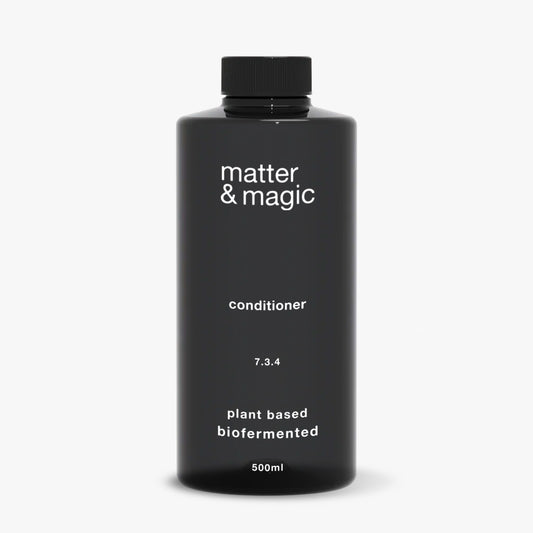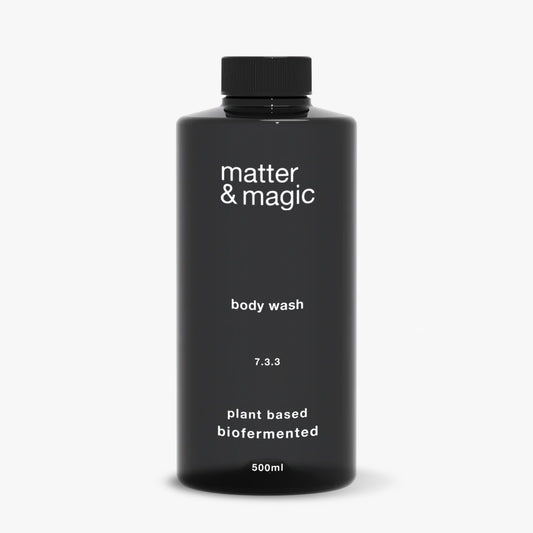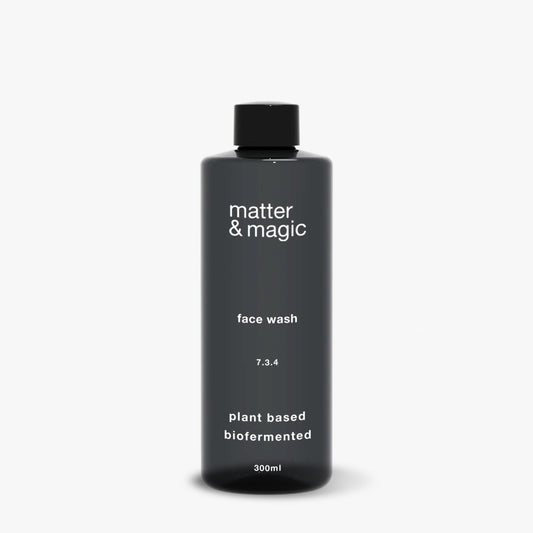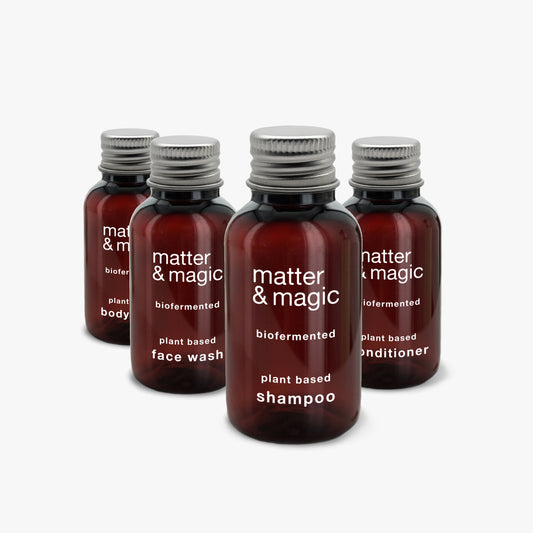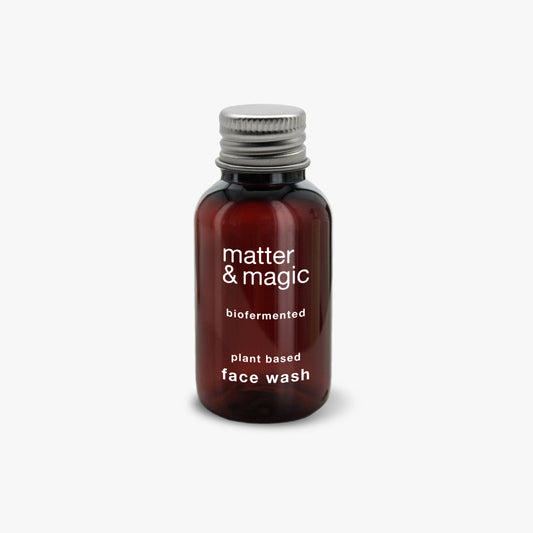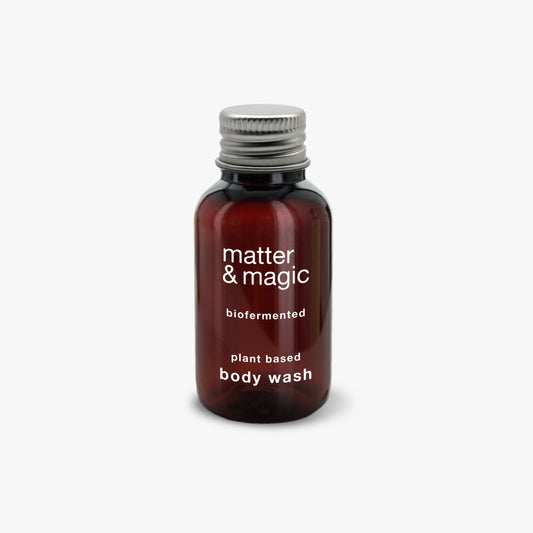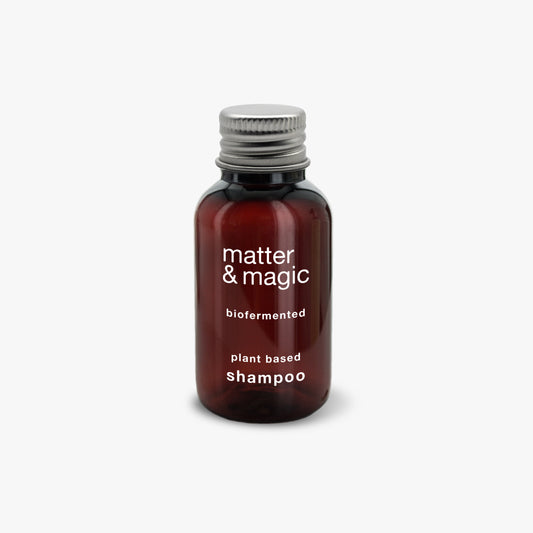
Why we switched to rPET: Sustainable packaging decisions
Sustainability is not as simple as choosing materials that seem eco-friendly. Every decision—whether it’s packaging, sourcing, or production—comes with trade-offs. As a brand deeply connected to nature, we’ve always prioritized minimizing our environmental impact. That’s why we recently made the difficult but necessary decision to switch to rPET bottles for our packaging. While plastic is a concern for many, rPET offers significant advantages over other materials. Here’s why.
Why Packaging Matters in Sustainability
Packaging plays a crucial role in a product’s overall environmental footprint. Beyond just waste, we must consider:
- Recyclability – Can the material be effectively reused?
- Energy consumption – How much energy does production and transport require?
- Durability – Will it protect the product and reduce waste from damage?
These factors are why packaging choices require careful consideration. A material that appears eco-friendly at first glance may have hidden downsides.
Why We Chose rPET
rPET (recycled polyethylene terephthalate) is a plastic made entirely from post-consumer recycled materials. Unlike virgin plastic, which relies on fossil fuels, rPET gives new life to existing plastic waste, helping to reduce landfill buildup and ocean pollution. Here’s why it became our best choice:
- 100% Recycled & Recyclable – Unlike many bioplastics that require specialized facilities, rPET integrates into existing recycling systems.
- Lower Carbon Footprint – Producing rPET requires significantly less energy than creating new plastic.
- Designed for Multiple Recycling Cycles – We’ve sourced high-quality rPET to ensure it remains durable and recyclable over time.
While no plastic is perfect, rPET allows us to significantly reduce our environmental footprint compared to conventional options.
Why Not Glass? The Reality of Shipping & Waste
Glass is often seen as the most eco-friendly choice, and it was our original packaging material. However, after using glass bottles for some time, we faced real challenges:
- High Transport Emissions – Glass is heavy, meaning it requires more fuel and energy to ship.
- Breakability – Many shipments resulted in broken bottles, increasing waste.
- Limited Recycling Efficiency – While glass is widely recyclable, it still requires substantial energy to process and transport.
Ultimately, the combination of high carbon emissions, breakage, and shipping costs made glass a less sustainable option in practice.
The Future: Exploring Bio-Based Alternatives
We don’t see rPET as the final solution—it’s a step in our ongoing sustainability journey. We’re actively researching bio-based alternatives that align with existing recycling systems and offer a lower environmental impact. However, many compostable or biodegradable materials currently lack proper infrastructure for widespread recycling, which can lead to unintended waste.
Our Commitment to Continuous Improvement
Sustainability is about constant learning and adaptation. We’re committed to making informed, responsible choices that balance environmental impact with practicality. We welcome feedback and collaboration as we continue to evolve our packaging and processes.
Transparency & Responsibility
We believe in transparency when it comes to our sustainability efforts. While there is no perfect solution, we are committed to making choices that move us toward a more responsible future. By choosing rPET, we are reducing waste, lowering carbon emissions, and taking a step toward a more circular economy.
Thank you for joining us on this journey. If you have thoughts or suggestions, we’d love to hear from you. Let’s continue working together for a more sustainable future.



